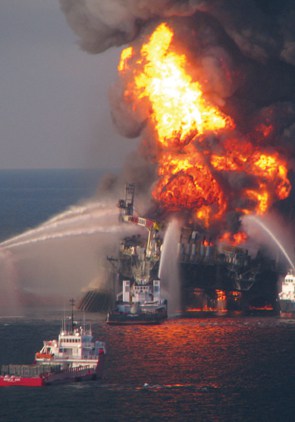More often than not people are disappointed by the sentences handed out by Courts on OHS breaches. Even with sentencing guidelines, the ultimate decision rests with the judgement of the Court. Today’s $A84,000 fine against Santos Ltd appears low considering that the incident had the potential to be catastrophic and the company has just reported “half-year profit up 155% to $504 million”. (ABC News provides a good pocket description of the incident with The Age discusses the corporate impact at the time)
The 2004 incident involved a near miss but a near miss that was just a second away from a catastrophe. The fact that no one was directly injured has been mentioned in many media reports but not being injured is not the same as not being affected. Industrial Magistrate Ardlie’s decision records that some employees had to run through the gas cloud to reach the muster point. Some had difficulty breathing. One worker was knocked off his feet by the blast and had the fireball travel over him burning the exposed parts of his body.
Dr John Edwards of Flinders University is quoted in Industrial Magistrate Ardlie’s decision that, without prompt evacuation, “the exposure dose [to hydrocarbons] could have been considerable and life-threatening”. Continue reading “Santos slapped with stale celery over near-miss”


